In January of this year, the Music Therapy Research Centre Vienna (WZMF), which focuses on music therapy for children, adolescents, and families, entered into a cooperative arrangement with the mdw and the Medical University of Vienna. Thomas Stegemann, professor of music therapy at the mdw and a physician specialised in child and adolescent psychiatry and psychotherapy; Christine Vesely, an instructor at the Medical University of Vienna and a physician specialised in child and adolescent psychiatry and psychotherapy; and Monika Smetana, a music therapist who is also a researcher and instructor at the mdw, spoke about this cooperation with mdw Magazine.
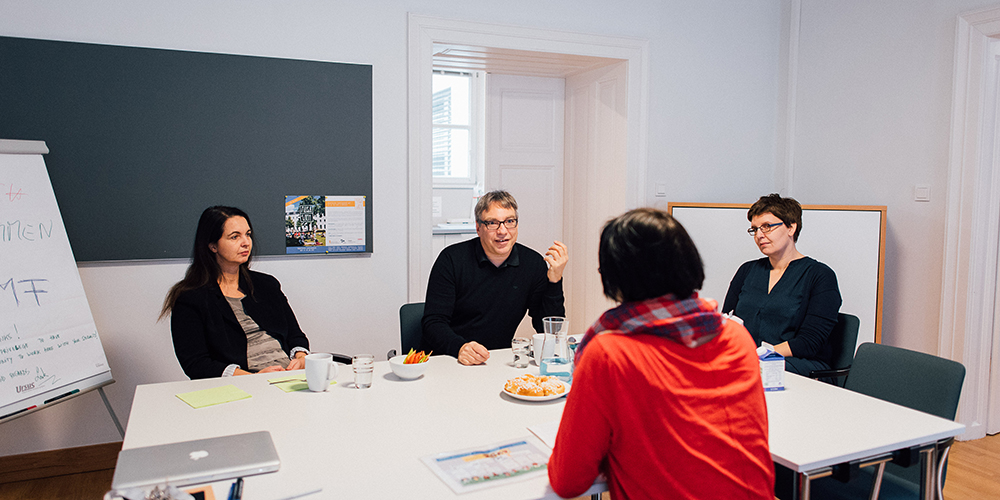
Professor Stegemann, you’re part of the leading team at the new Music Therapy Research Centre Vienna. How did the idea for this institution come about?
Thomas Stegemann (TS): In principle, it’s an idea I’ve been pursuing since day one: a place where research, teaching, and therapeutic treatment are united beneath the same roof, thus also adhering to the fundamental idea of a university. It affords students the opportunity to experience both research and therapy in practice. Actual therapy sessions can be observed live and discussed with the instructors afterwards.
How, in your view, does this go beyond the Department of Music Therapy as it already exists?
TS: Our department is responsible primarily for teaching. It is indeed the case that we’ve already been doing research here. But we now have the opportunity to build up a dedicated research infrastructure and conduct projects where, for example, video recordings are produced that can be used for teaching and research purposes. We’re also planning to begin gathering neurophysiological data—though for this we’re relying on cooperation with the Vienna General Hospital (AKH).
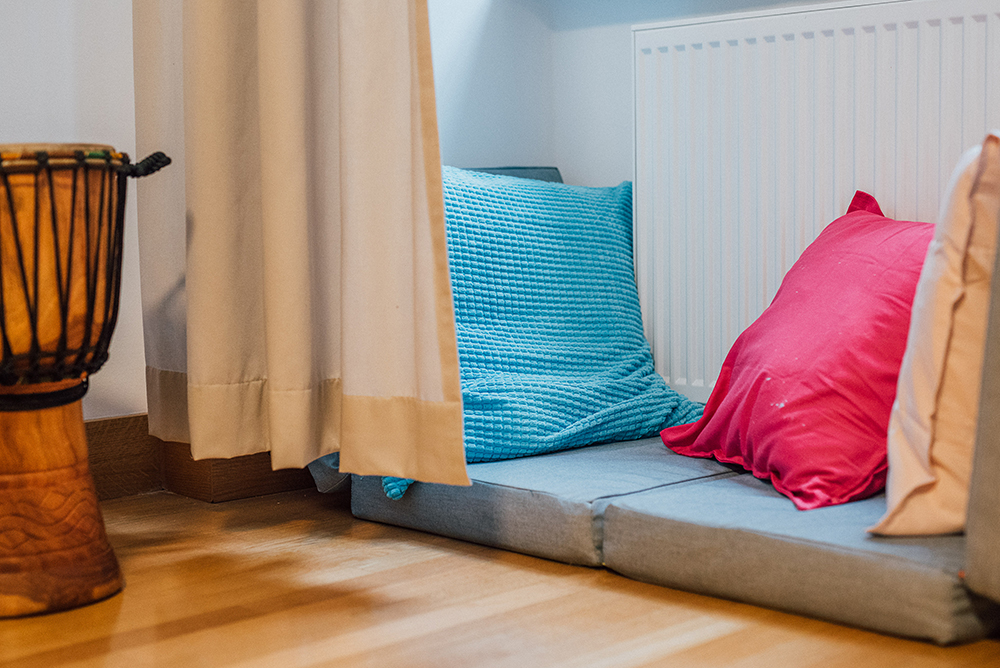
What all is covered by this cooperative arrangement, Dr. Vesely?
Christine Vesely (CV): We’ve been cooperating with the Department of Music Therapy in the area of training since 1996; what’s new here is the joint conduct of research projects, with the added advantage that we’ll now also be able to refer outpatients to the WZMF for music therapy.
How does the music therapy research you’ve planned actually look?
CV: We’ll begin by choosing some specific conditions to focus on—we’re already planning on working with patients with autism, as well as with traumatised individuals. Projects with these special patient cohorts will be put together where we’ll measure the effects of music therapy using electrophysiological means such as ECG recordings and neurofeedback, as well as measuring parameters such as oxytocin and cortisol levels in the blood.
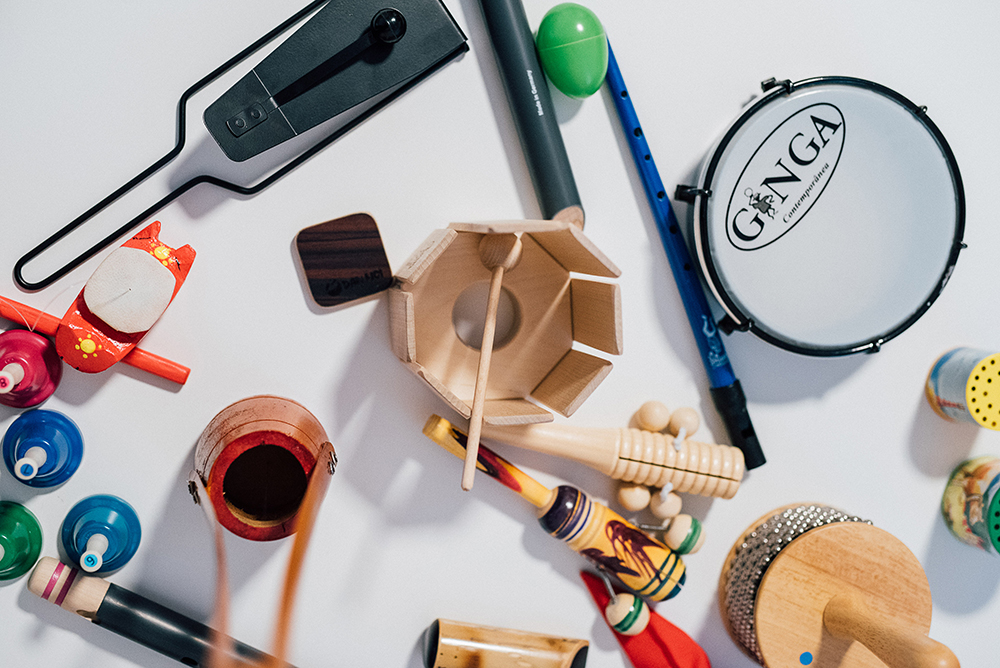
And the research will then feed back into teaching…
TS: Exactly. Ideally, these two areas will nourish each other. Research comes alive when students are able to directly immerse themselves and see how it’s done. Furthermore, practical work often moves music therapy students to pose questions that can be pursued further and might suggest material for diploma projects—while medical students might be interested in a music therapy topic, which they’d then work on as a research project. That would bring with it the benefit of familiarising medical students with music therapy, enabling them to better judge when it might be indicated.
CV: And to my mind, the point of a university-level programme isn’t just for students to learn how to diagnose and treat patients; it’s also to provide them with access to the research field. This teaches students not only how to look beyond the horizons of their own specialities, but also how to network with other fields.
How is introducing students to research actually done, Mrs. Smetana?
Monika Smetana (SM): To this end, we offer special research seminars that are geared towards working on one’s diploma thesis and also help generate ideas about how a research project could actually be put together. The point is to have the students realise just what all one can observe as well as how a situation can be captured, described, and analysed. A research practicum, for example, gives students the opportunity to try various things via role play, to use the available infrastructure, and to think about research strategies as well as try out research methods in “dry runs” specifically for this purpose. There’s a very broad array of quantitative and qualitative options, here.
The WZMF’s new spaces feature two therapy rooms. How does an actual therapy session play out?
TS: What’s special about music therapy is that you can never predict how a session will go. This is a plus—if also a challenge—for teaching work, and it’s always an important quality in terms of allowing latitude for development. But what does usually happen is that you begin the first session with an exploration of the space—with the instruments already there as an invitation, to perhaps be tried out. Some patients want to try out instruments right away, while others first gather up the courage to do so at the end of a long therapeutic process.
An example of a more receptive music therapy offering would be a relaxation exercise in which the therapist plays live for the patient. For activities like this, the space features a cosy corner where a child can relax but also retreat and maybe even pull the curtain shut.

In what cases is music particularly effective?
CV: Among child and adolescent psychology patients, we music therapists get to observe something very exciting. Those patients who have a hard time expressing themselves verbally often have an easier time describing their emotions and needs in music therapy sessions. And with adolescents, in particular, it’s frequently a problem that, while a lot of things are happening on the inside, they don’t really have words for them. For many such individuals, the medium of music is an easier route via which to do so. Equally important is that children and adolescents learn to engage in dialogue, to adopt the rhythm of another person with music’s help, to give back, and to proactively set a process in motion in order to receive an answer. For me, back when I initially looked into music therapy, it was especially fascinating just how well dialogue via music works. Furthermore, music can be employed as a strategy for dealing with highly unpleasant emotional states—rather than doing something like resorting to self-injury.
So there we have the four pillars that are important to me: expressing emotions, entering into dialogue, learning to use music as a strategy for emotional control, and relaxing. But I’m also very much looking forward to the research we’re planning to do on interaction, because that’s another place where I think music therapy has great potential.
TS: It’s on this that we’re planning to launch a project together with Stine Lindahl Jacobsen from Aalborg. Our Danish colleague, who’s also a member of our Scientific Advisory Board, has developed a music therapy diagnostic tool called APCI (Assessment of Parent-Child Interaction) that involves a standardised play situation between three people: a child, a parent, and a music therapist. We’re now in the process of readying this tool for its application in the German-speaking world. One possible focus for an initial project might be on interaction in at-risk families.
What are at-risk families?
TS: This category includes families where a child’s development is endangered in some way, for example if a parent is psychologically ill or due to socioeconomic factors.
CV: The practical consequence of that would be a lack of perception or empathy and/or insufficient or misleading communication on the part of the parents.
How does a family’s “at-risk” status get noticed?
CV: Usually via symptoms exhibited by the children, such as the sudden appearance of behavioural abnormalities or aggressive behaviour—and adolescents, for their part, might also tend towards depression, self-injury, and/or anorexia.
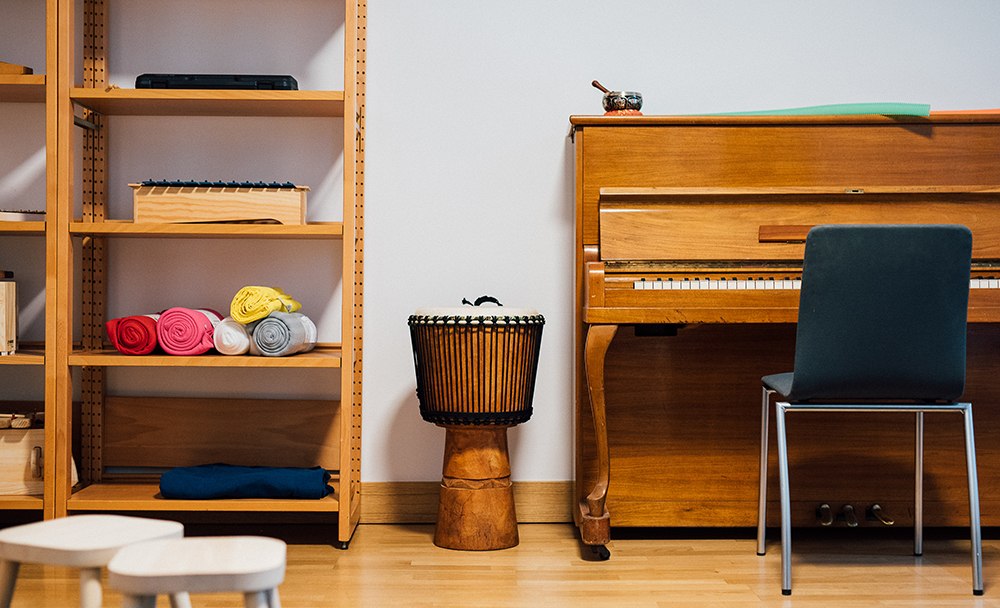
And how do the affected parties end up with a referral for music therapy?
TS: That’s one of the most important issues we’re dealing with as we set up the Centre. It runs via child and adolescent assistance organisations and via recommendations by teachers.
CV: Systems of assistance (such as those for children and adolescents) as well as school psychologists refer affected individuals to child and adolescent psychiatric services. There are also lots of parents who approach us on their own when they notice something’s not right. If it’s indicated, they’re then referred to music therapy.
TS: For children and adolescents, therapies’ availability is hugely insufficient. Music therapy is fairly well anchored in institutional psychiatric care, but there’s little in terms of outpatient services. Part of the reason for this is financial: outpatient music therapy isn’t covered by Austrian insurers. Another important topic is aftercare: if someone responds well to music therapy as an inpatient and then gets released, what often follows is a critical phase where it would be helpful to continue with music therapy. So with the Music Therapy Research Centre, we’d also like to make a contribution to closing the care gap that exists following inpatient stays. In terms of financing, this could be made possible by things like research projects or pilot projects together with the insurers—which we’re already working to make happen.
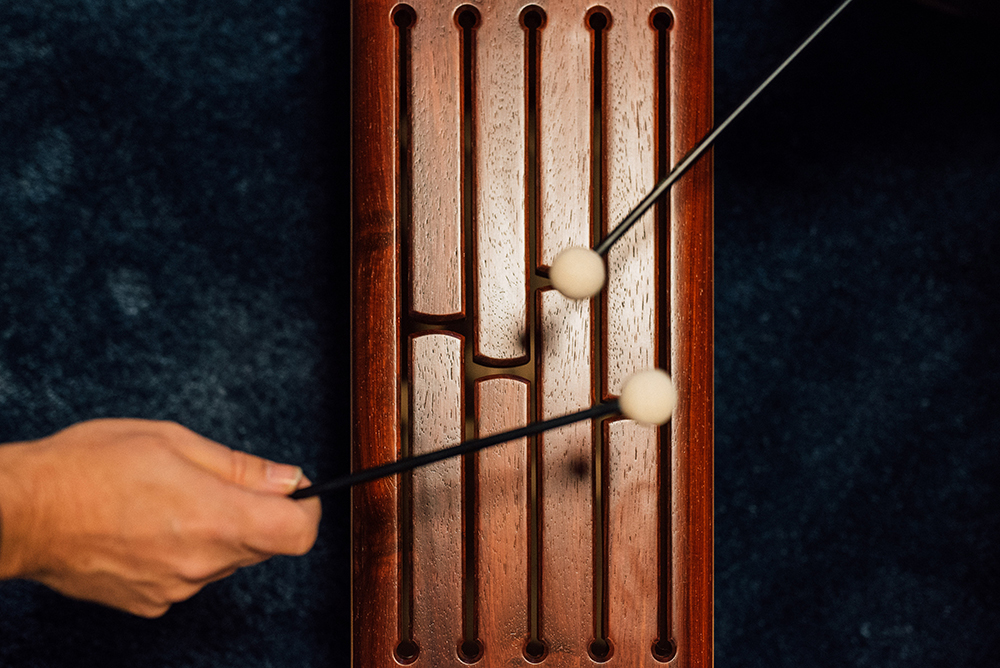
How does this benefit students?
TS: We train music therapists who are then qualified to work independently in their own music therapy practices. So if we do succeed in obtaining coverage for outpatient music therapy, that would commensurately improve our students’ career opportunities. Another way the Centre will benefit them is by providing opportunities to learn what it means to work in an outpatient setting—which is an entirely different situation than in hospital internships.
CV: This is a good point in the discussion to summarise the goals of the WZMF, which can be grouped into three areas: first, the improvement of students’ training—including by expanding it into research. Second, providing outpatient care for patients—includ0ing efforts to bring about health insurance coverage. And third, research—which entails building out the Research Centre as well as cooperation between the fields of music therapy and child and adolescent psychiatry.
TS: We’re also looking to use our research efforts to improve the quality of music therapy by gaining a better understanding of what interventions are most effective for whom. This is also very important in terms of stating our case to insurance providers. The great challenge is to arrive at and further develop appropriate research methods, because the field of interaction research is far more complex than, say, a pharmaceutical study.
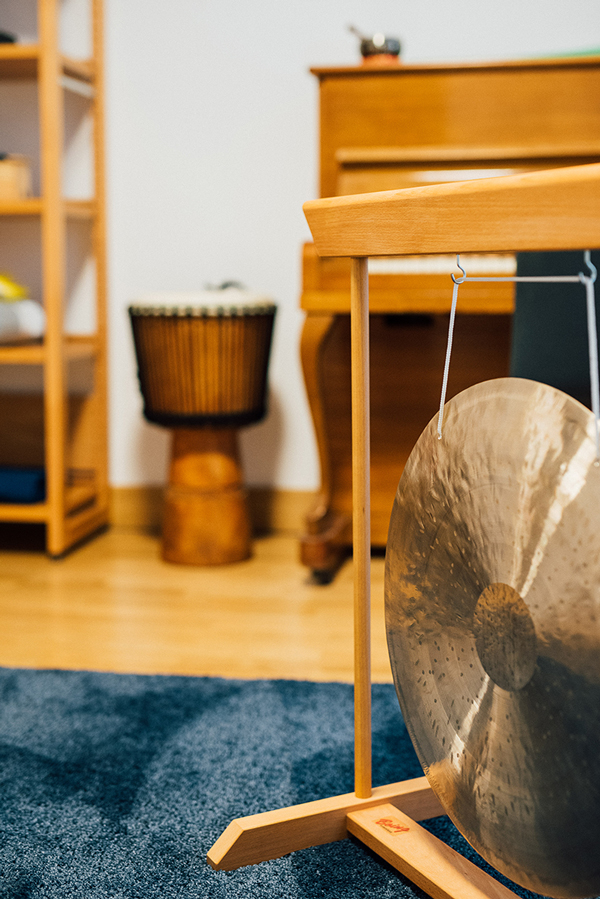
How does the step from observant student to practicing music therapist shape up in actual practice?
TS: This is something that we prepare for very thoroughly. Our students are often young people, so it takes good supervision and mentorship, both of which we heavily emphasise. What’s more, all of our students engage in individual self-experience, which entails slipping into the role of the client and experiencing music therapy for themselves. This also enables them to work through issues of their own, which is important in terms of distinguishing between one’s own issues and those of the patient. Individual self-experience is offered for six semesters, meaning three years, and there’s also group-self-experience, which is group therapy involving all students in a respective year’s class. All this, taken together, makes for a structure that enables students to begin taking this responsibility fairly early on.
What are the challenges in terms of music therapists’ training as musicians?
TS: One special feature of the Viennese programme of training is that we make very high demands on students’ own musical abilities. We have a three-day admission exam in place, and two days of it are used solely for testing applicants as musicians—beginning with ear training and then moving on to piano, guitar, voice, a melodic instrument, and the applicant’s main instrument. This already produces a selection of individuals who uphold a certain standard. But even so, it’s not concert pianists that we need; what we do need are people who are extremely musical on a broad basis. The importance of their musical skills is then seen in work with the patients: the less concentration I need to devote to my practical music-making in a therapy session, the more concentration I have left to focus on the person I’m working with.
Just as important is to be musically active in the interest of one’s own psychological health. It’s absolutely essential that you don’t neglect to cultivate the joy that comes from making music and being creative yourself! This is very important to me, and it’s something I try to convey to my students, as well.
To the website of the Music Therapy Research Centre Vienna:

